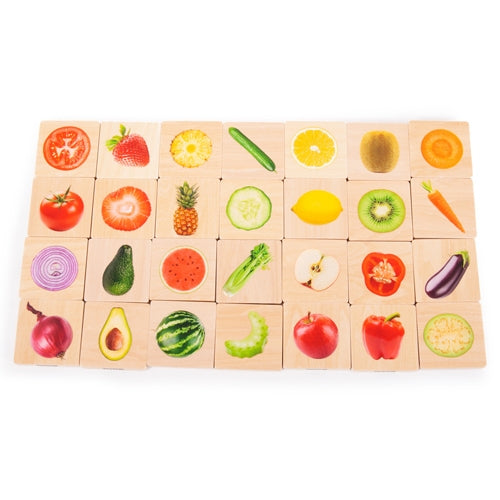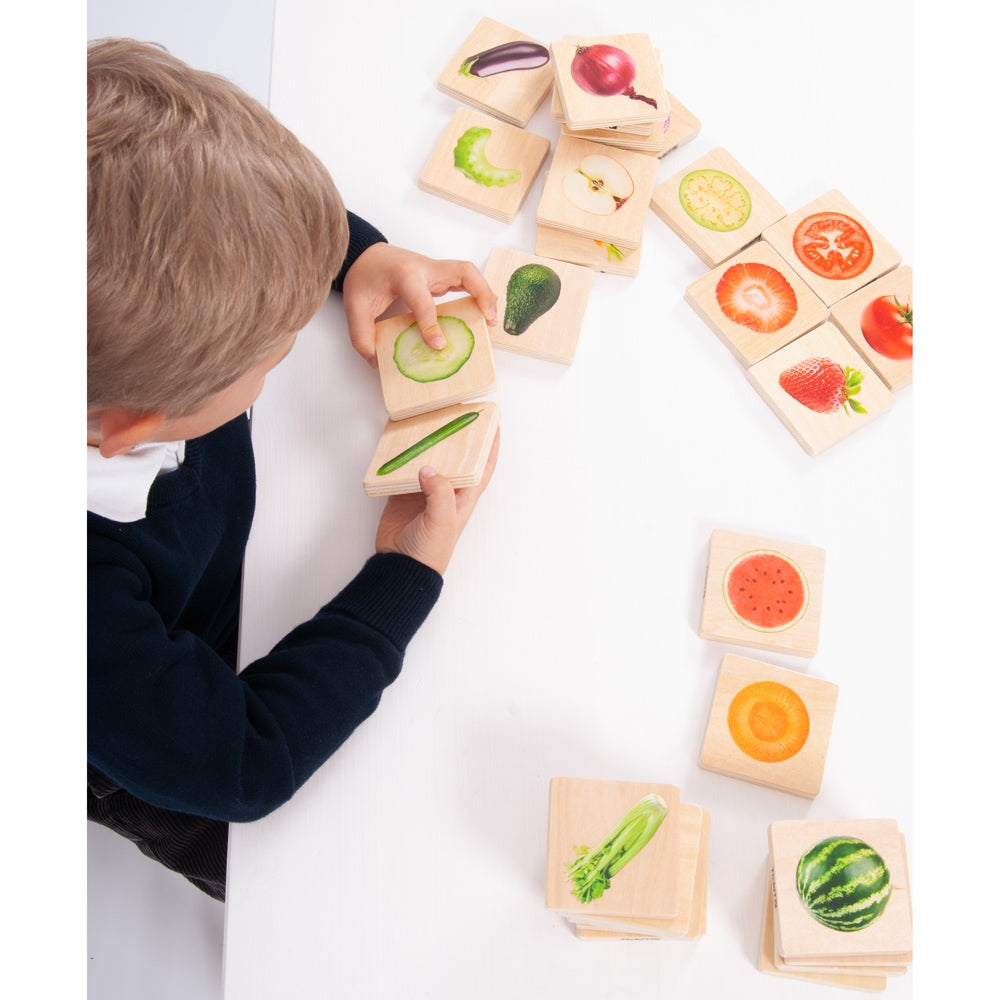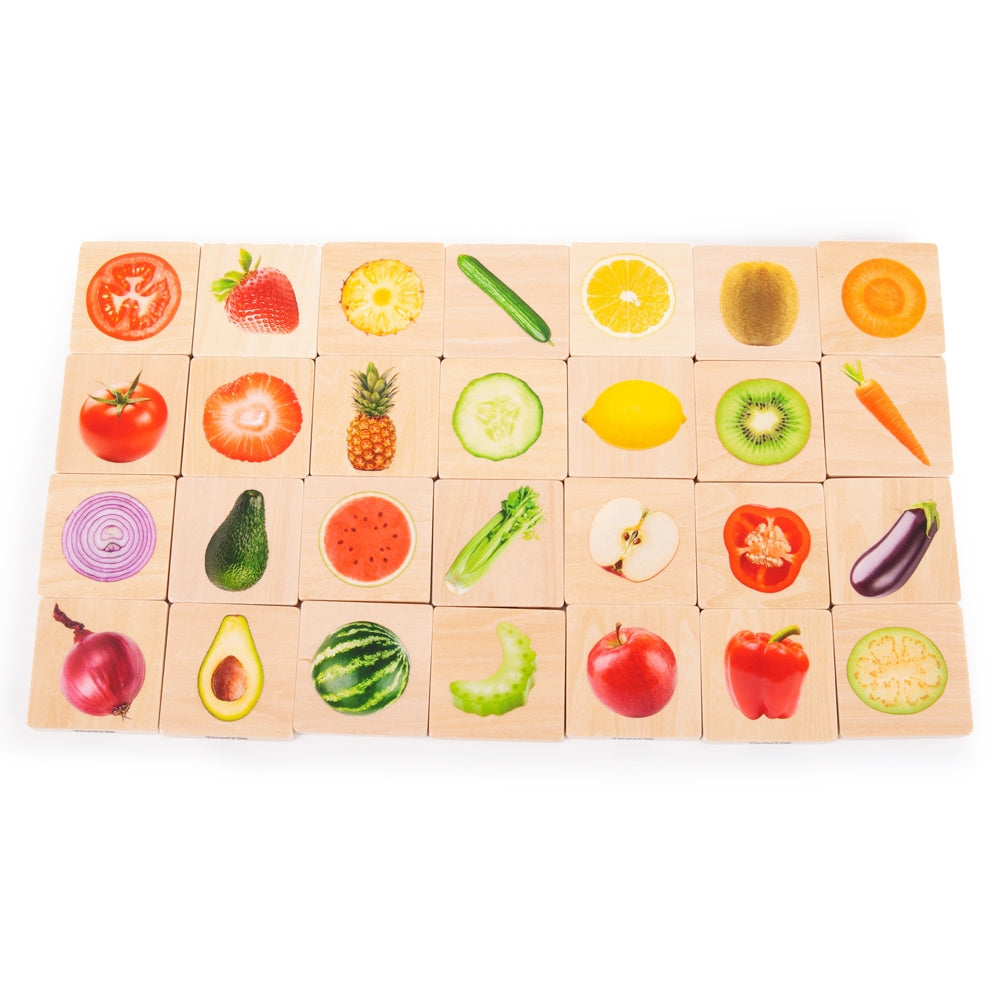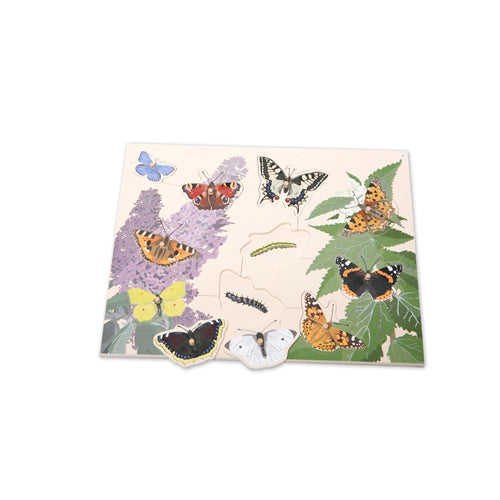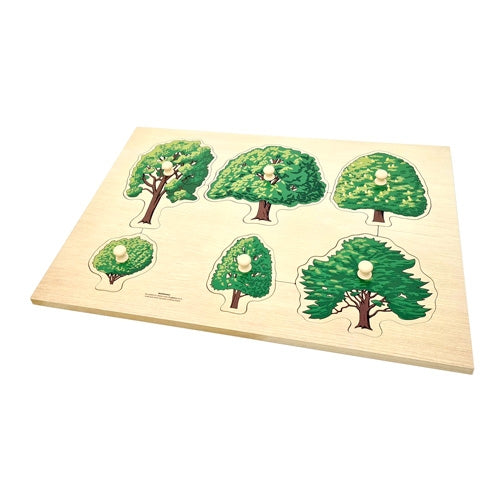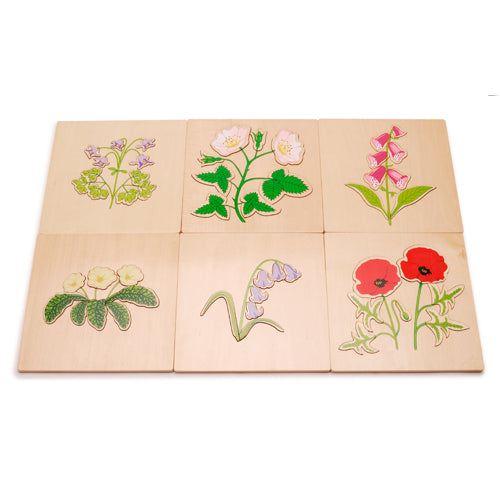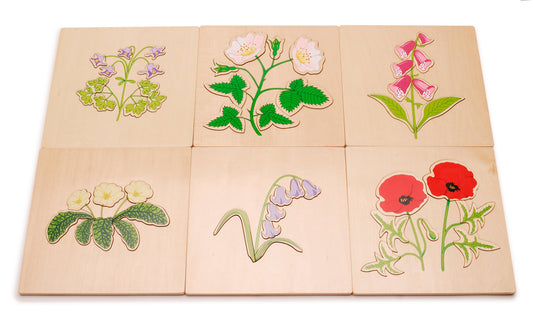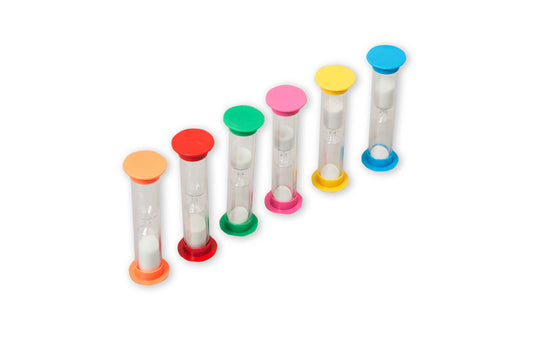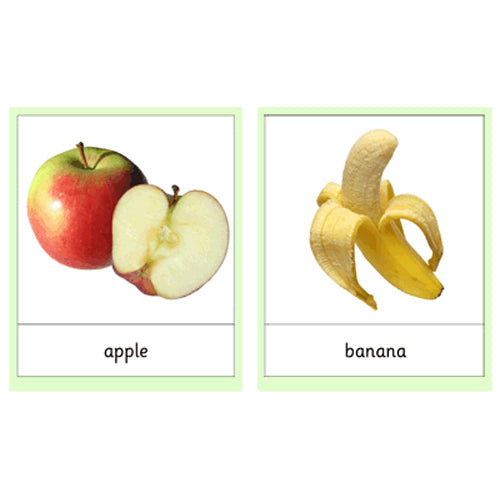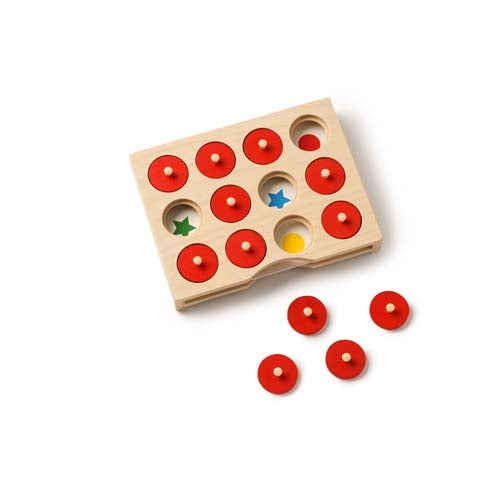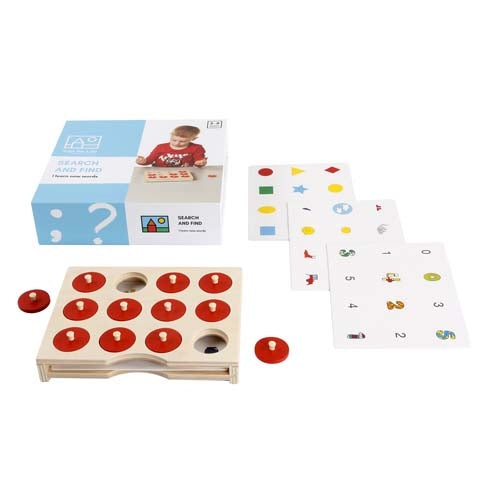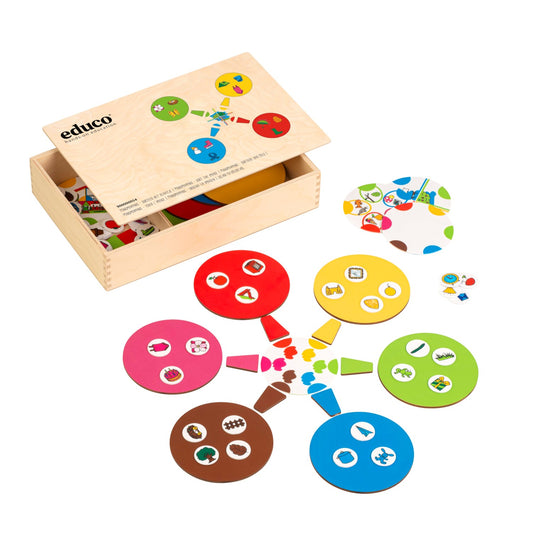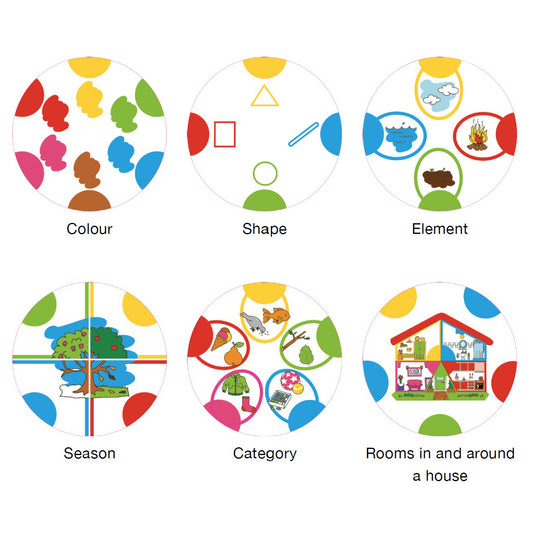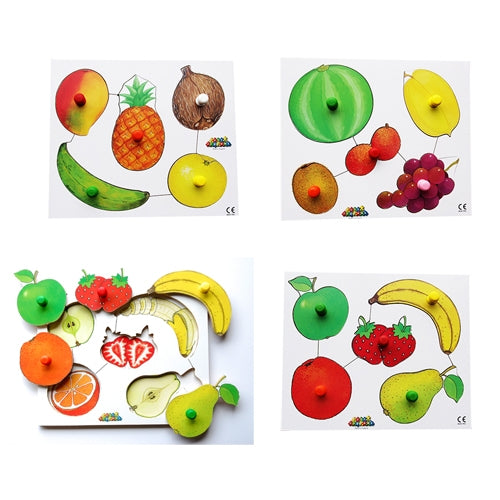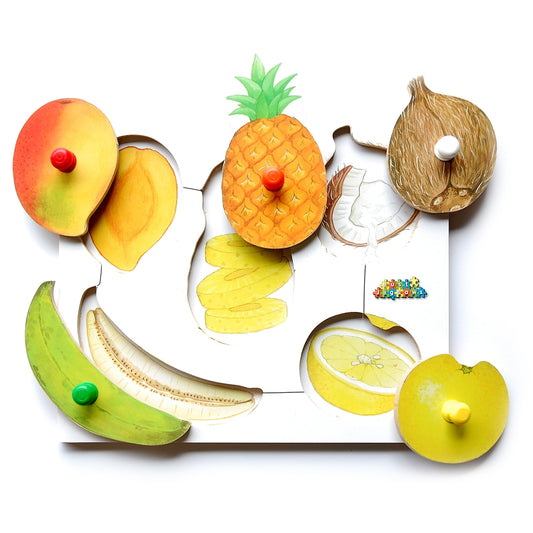Absorbent Minds
Plants and Fruits Memo Game
Plants and Fruits Memo Game
Match the pairs of outside and section views of the fruit and vegetables.
Availability: In stock
Couldn't load pickup availability

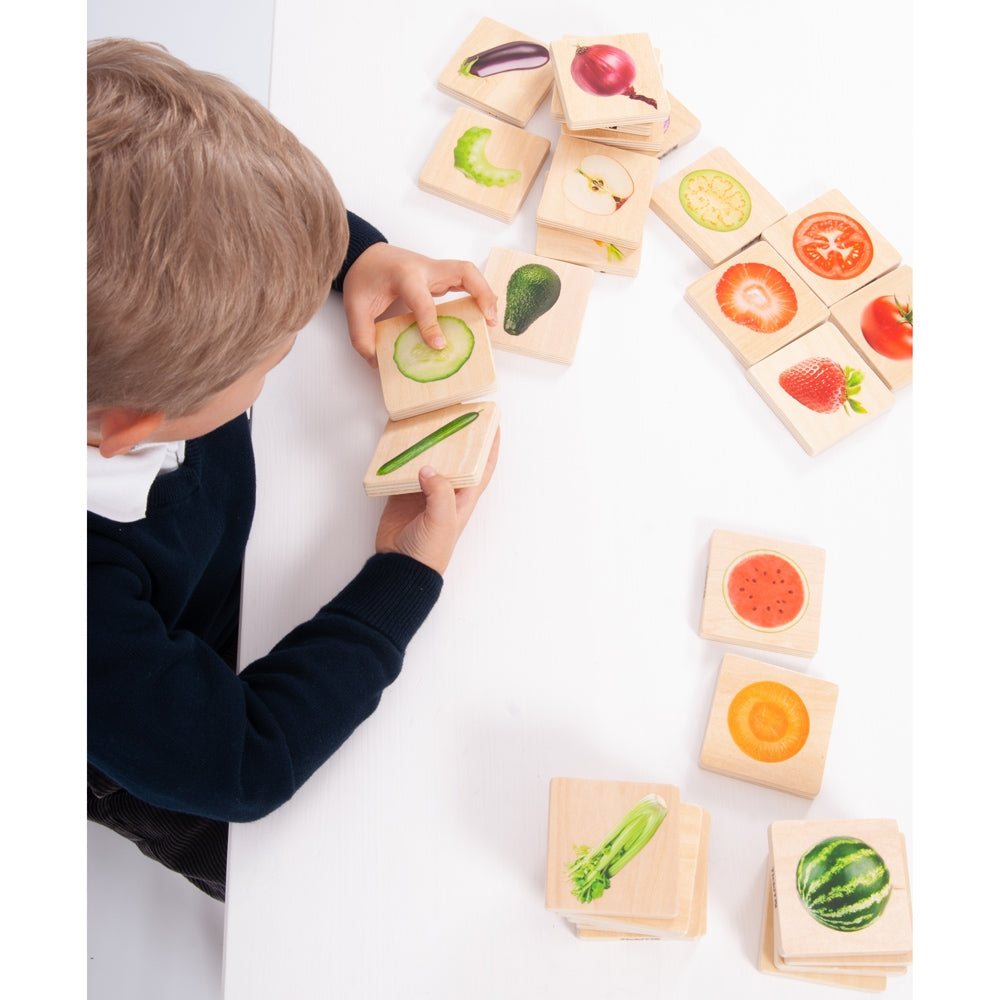
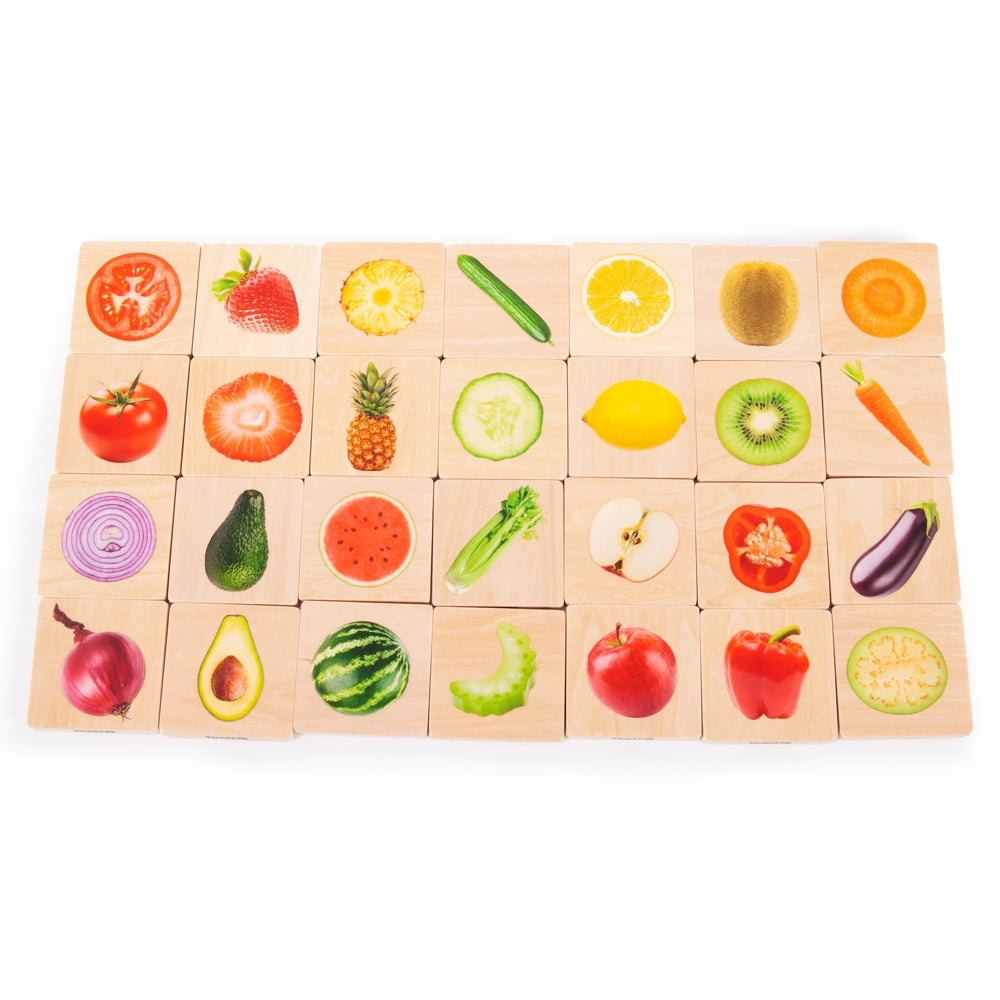
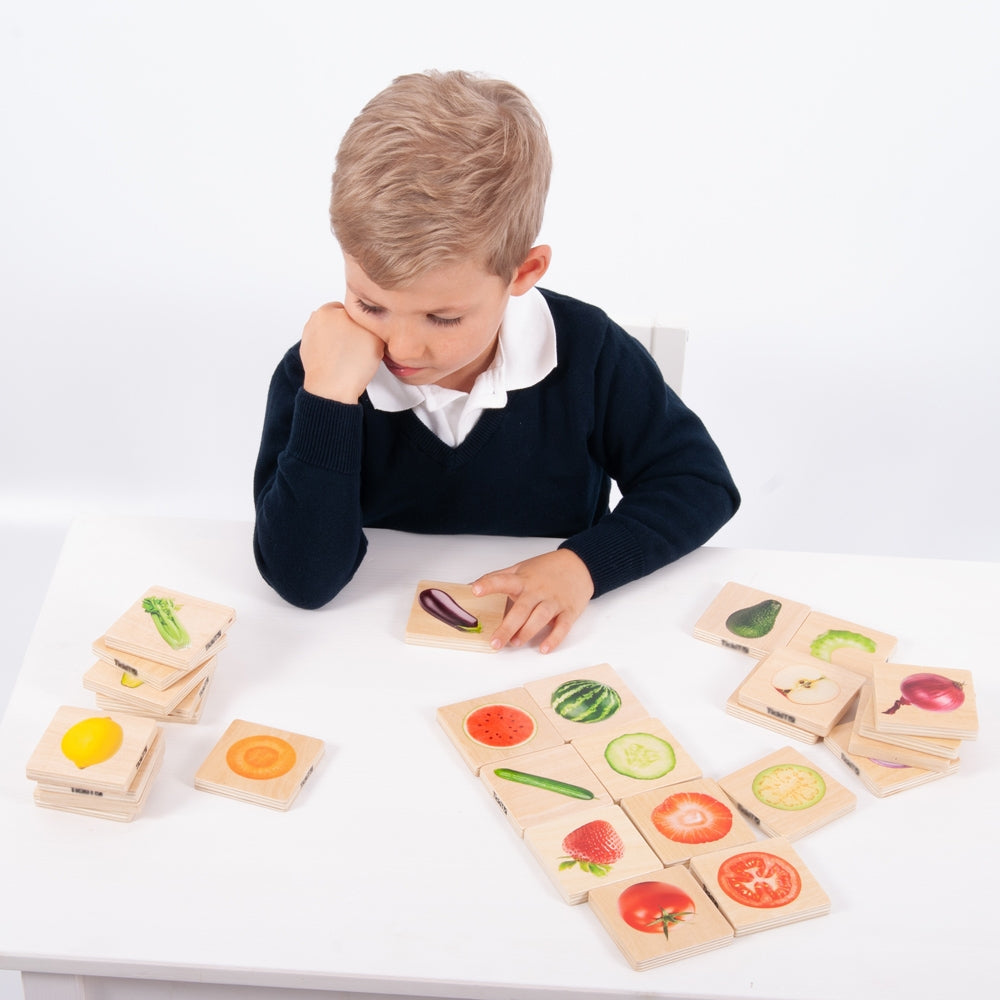
Product Description
Vegetables and Fruit Memo Game
legumes et fruits jeu de mémo
14 pairs of smooth and tactile beech plywood square tiles, each colour printed on one side with beautiful clear photographic images of real fruit and vegetables. The chunky tiles are easy for small hands to grip, rotate and turn over.
This versatile set provides endless opportunities for exploring the colourful world of fruit and vegetables and can be used in a number of ways:
1. As a matching game - turn all the tiles face up and match the whole fruit / vegetable with its corresponding slice image. Add in a sandtimer to give a time limit to a task for the more able child.
2. As a memory game - turn all the tiles face down and try to remember where the matching fruit or vegetable pairs are located.
3. For sorting into food groups - by colour, variety (fruit or vegetable), seeds / no seeds, texture, sweet/sour/savoury flavour or grouped in fruit or vegetable size order.
Ideal for promoting discussions about healthy eating, how fruit and vegetables are grown and which climate they are best grown in, which are favourites and which ones haven't been tried yet. Children will enjoy playing whilst developing several aspects of learning, including descriptive language, mathematical language, collaborative play, fine motor skills, imaginative play and understanding the world. Includes identification guide in 7 languages
Supports the following areas of learning:
• Personal Development - collaborative play
• Physical Development - motor skills
• Communication & Language - descriptive language
• Communication & Language - reasoning
• Understanding the World - the world
Specification
Size: 70 x 70 x 10mm. Pk28.
Age: Suitable from 12 months.
ELG: Understanding The World: children know about similarities and differences in relation to places, objects, materials and living things. They talk about the features of their own immediate environment and how environments might vary from one another. They make observations of animals and plants and explain why some things occur, and talk about changes.


